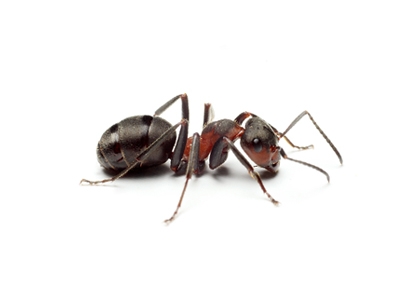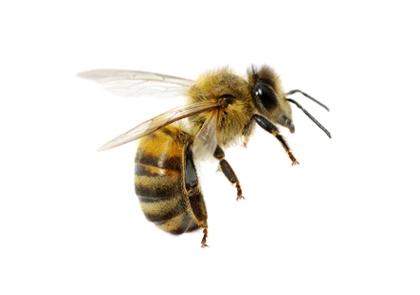Mole Extermination

Latin Name
Family Talpidae
Appearance
The general characteristics of the mole, and more specifically the eastern mole, are a pointed snout, very large and rounded front feet with stout claws, and a short, bare tail. They grow to approximately 17.6 cm long with short, velvety fur which is grayish in color. Because of their subterranean lifestyle, eyes and ears are small and somewhat concealed by fur.
Behavior, Diet & Habits
Moles feed primarily on earthworms, ants, beetle grubs and other arthropods living in the ground. A small portion of their diet does consist of various seed and vegetable matter, but they are not known to eat bulbs or roots of gardening plants.
Reproduction
Females produce three to five young in the spring
Signs of a Mole Infestation
As those who have experienced moles first-hand know, these pests cause havoc with their burrowing. Moles are active throughout the year. They create elaborate underground tunnels called runways which run at shallow and deep levels. The subsurface runways are where mounds and ridges show above ground. These are typically used for feeding and can be produced at a rate of 6 meters per hour. The deep runways are located up to 25 cm below the surface. These are main thoroughfares for the mole as it travels to and from the surface. The number of mounds or surface ridges is no indication of the number of moles within a specific plot of land. Typically, one hectare of land will support seven to 12 moles at one time. If the property is adjacent to fields or forested land, more moles may be present and crossing your property.
More Information
Moles are from order Soricomorpha and family Talpidae. There are a number of species across the United States, but the most significant pest is the eastern mole (Scalopus aquaticus). It is the most widespread and has the highest population count in the eastern United States.
This species is the primary culprit for damage to lawns and gardens in the region. While the many species of moles have their individual characteristics, biology and behavior are similar. Surprising to some, perhaps, moles are not rodents. They are part of a group of mammals known as insectivores.
There are numerous methods for attempting to control moles. The most effective is trapping when done properly over the tunnels. Moles abandon tunnels regularly, so it can sometimes be difficult to determine active tunnels.









